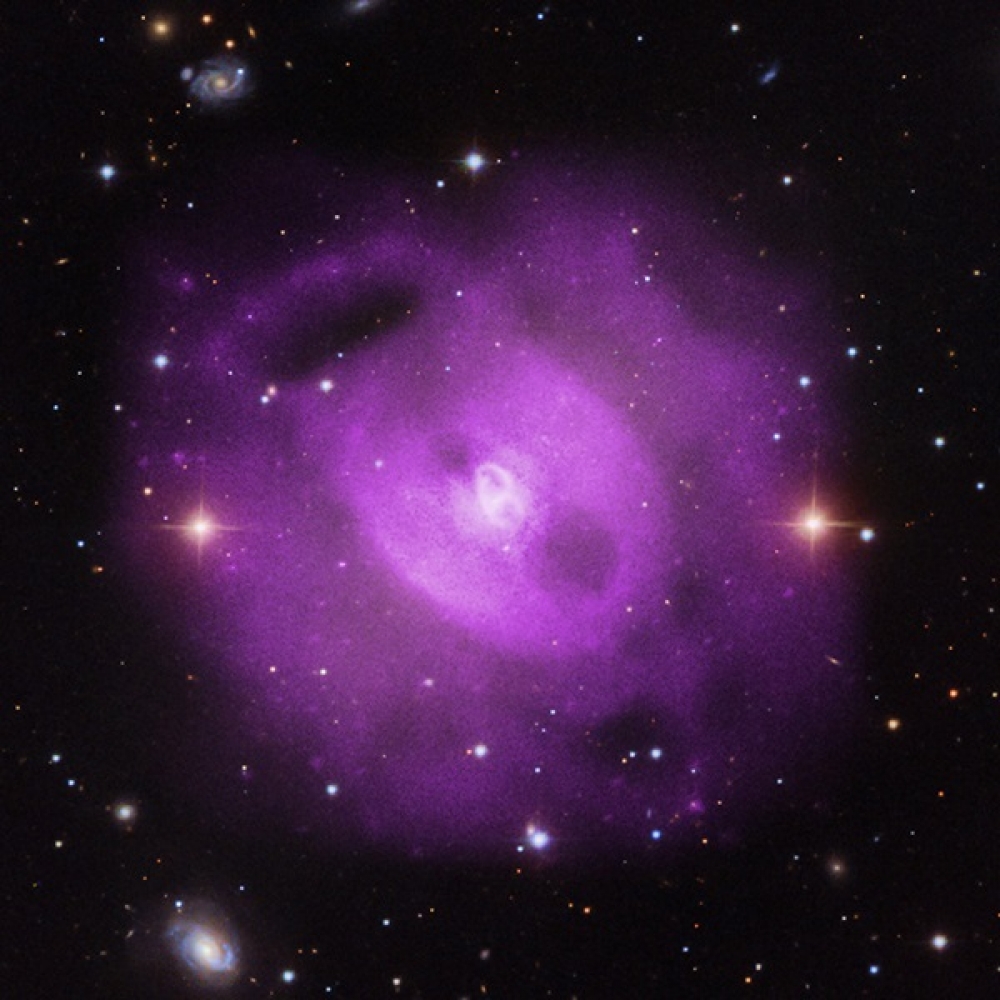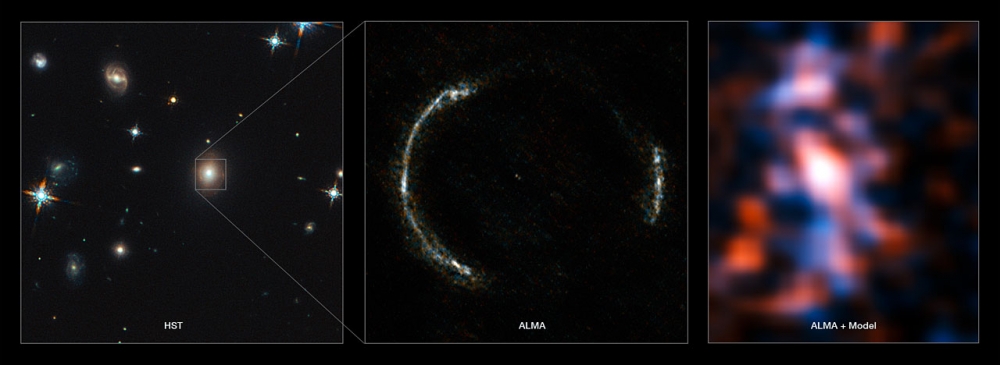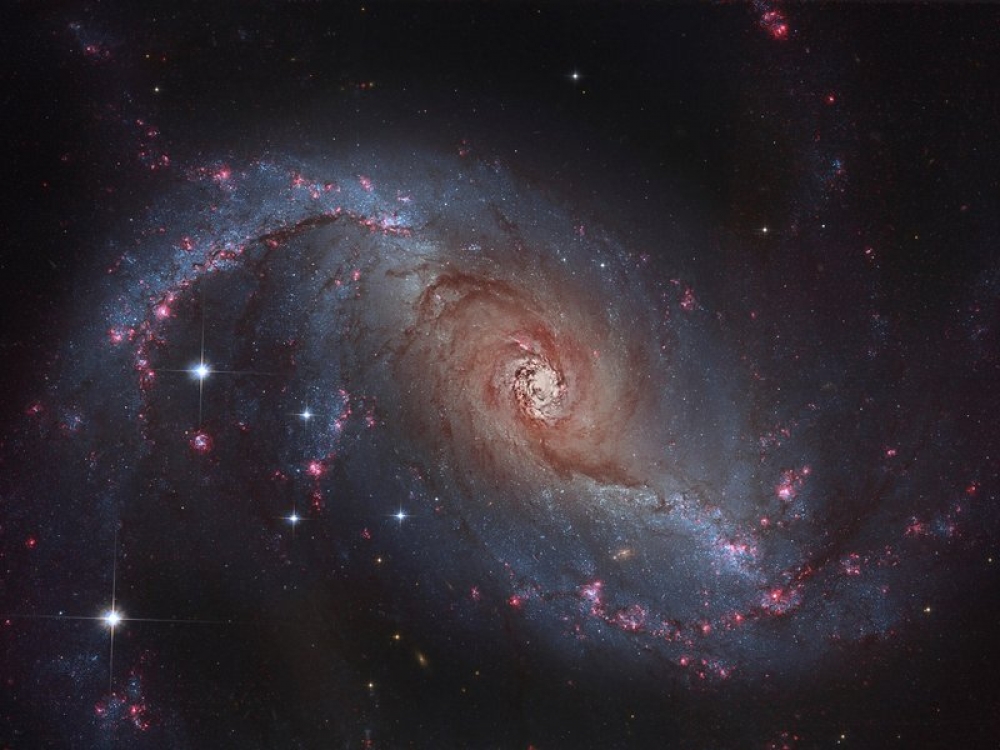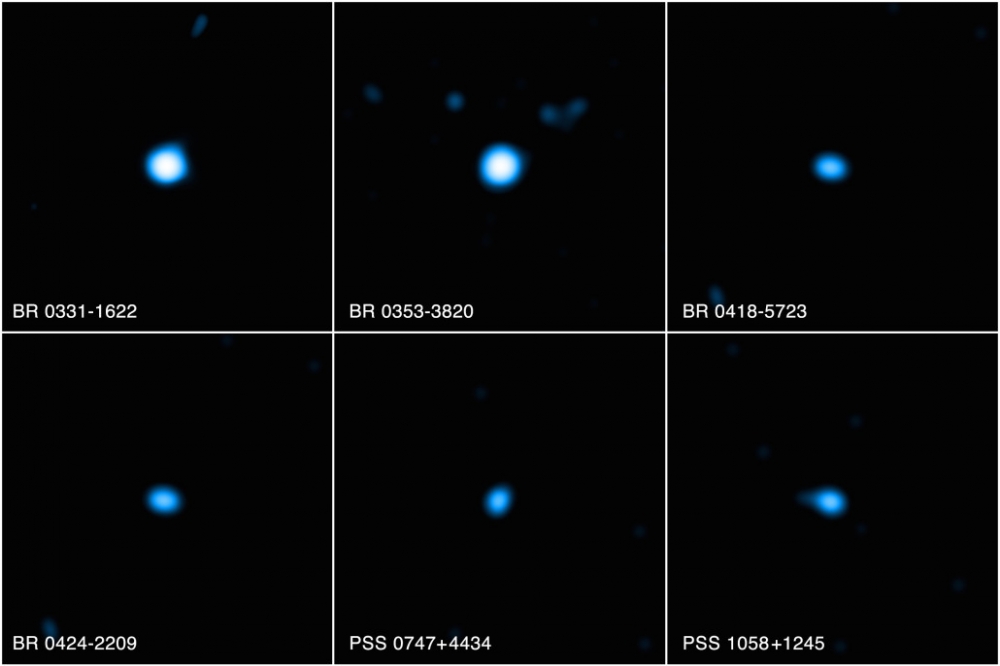A bizarre gamma-ray burst breaks the rules for these cosmic eruptions
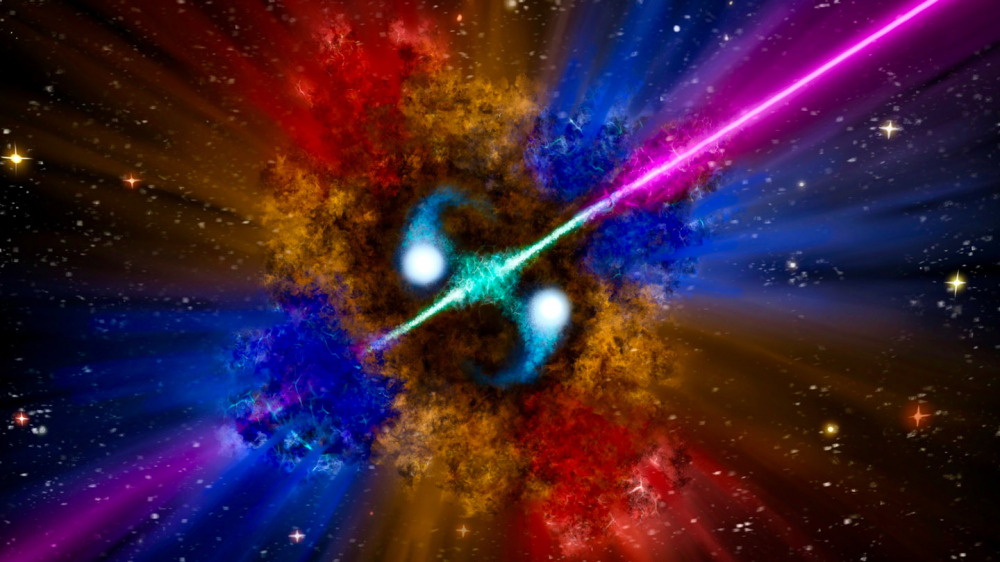
One possible origin for GRB 211211A, shown in this illustration, is a pair of compact stars merging (bright dots in the center) and emitting jets of radiation (green and purple beams). Heavy elements forming in the clouds of matter surrounding the stars emit light that is known as a kilonova. SAMUELE RONCHINI/GSSI 2022
By Lisa Grossman
8.12.2022
Astronomers have spotted a bright gamma-ray burst that upends previous theories of how these energetic cosmic eruptions occur.
For decades, astronomers thought that GRBs came in two flavors, long and short — that is, lasting longer than two seconds or winking out more quickly. Each type has been linked to different cosmic events. But about a year ago, two NASA space telescopes caught a short GRB in long GRB’s clothing: It lasted a long time but originated from a short GRB source.
“We had this black-and-white vision of the universe,” says astrophysicist Eleonora Troja of the Tor Vergata University of Rome. “This is the red flag that tells us, nope, it’s not. Surprise!”
This burst, called GRB 211211A, is the first that unambiguously breaks the binary, Troja and others report December 7 in five papers in Nature and Nature Astronomy.
Prior to the discovery of this burst, astronomers mostly thought that there were just two ways to produce a GRB. The collapse of a massive star just before it explodes in a supernova could make a long gamma-ray burst, lasting more than two seconds (SN: 10/28/22). Or a pair of dense stellar corpses called neutron stars could collide, merge and form a new black hole, releasing a short gamma-ray burst of two seconds or less.
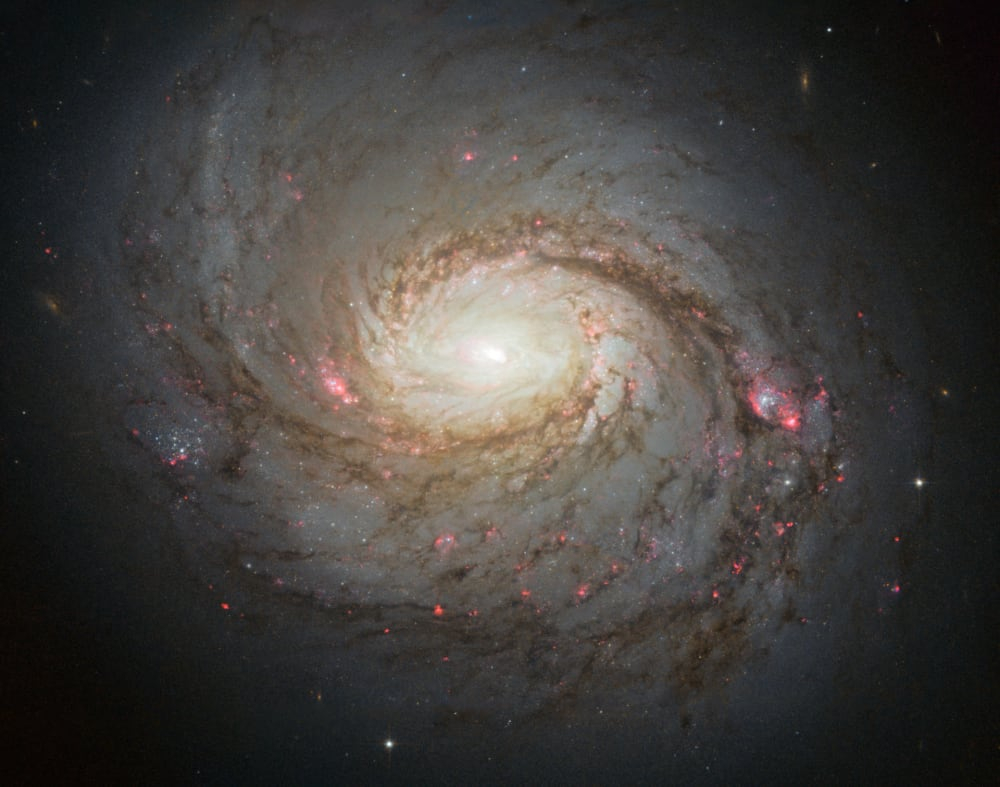
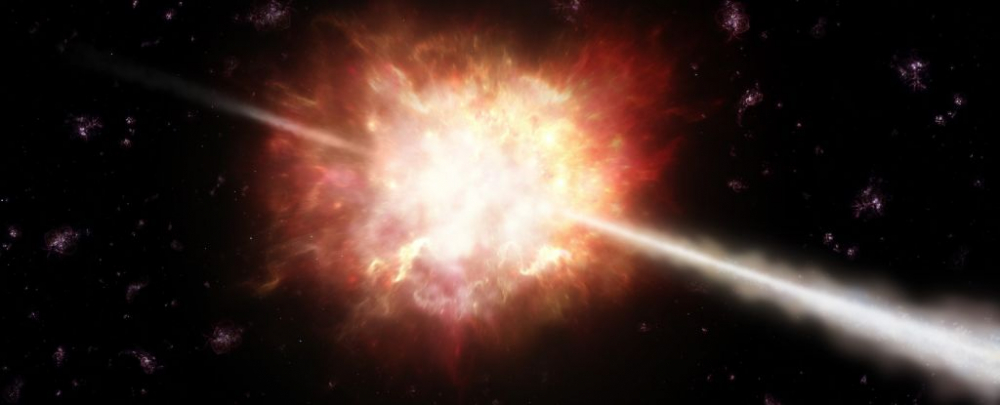 An artist's impression of a gamma-ray burst. (ESO/A. Roquette)
An artist's impression of a gamma-ray burst. (ESO/A. Roquette)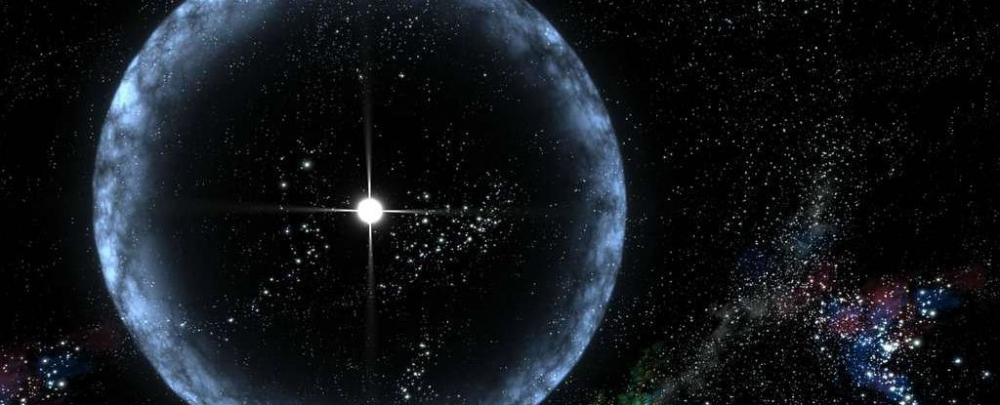
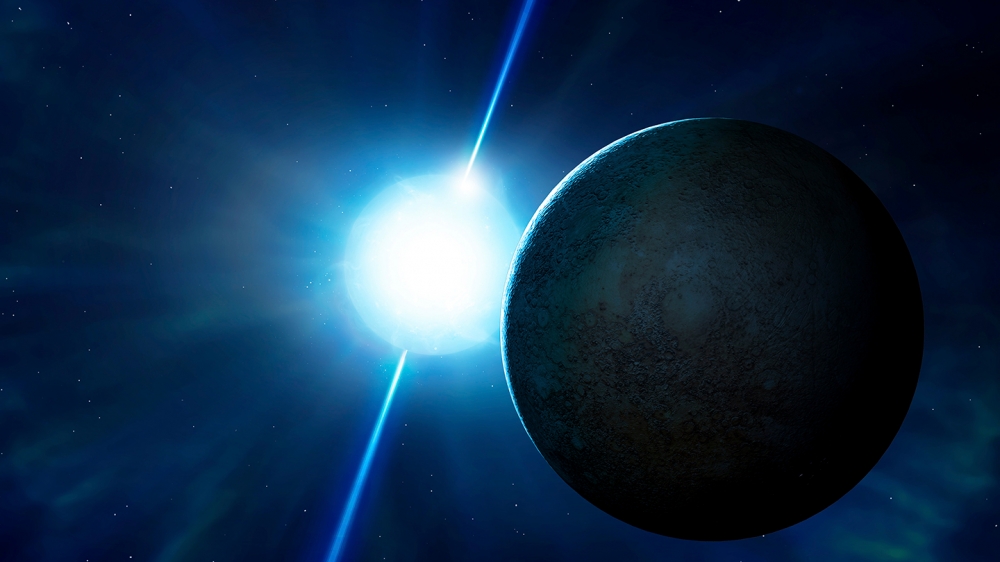
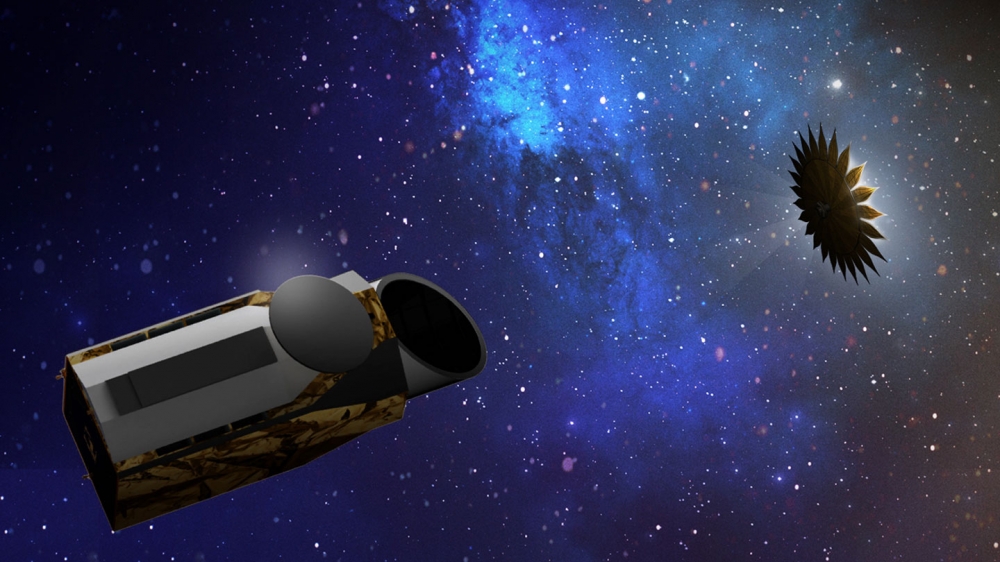
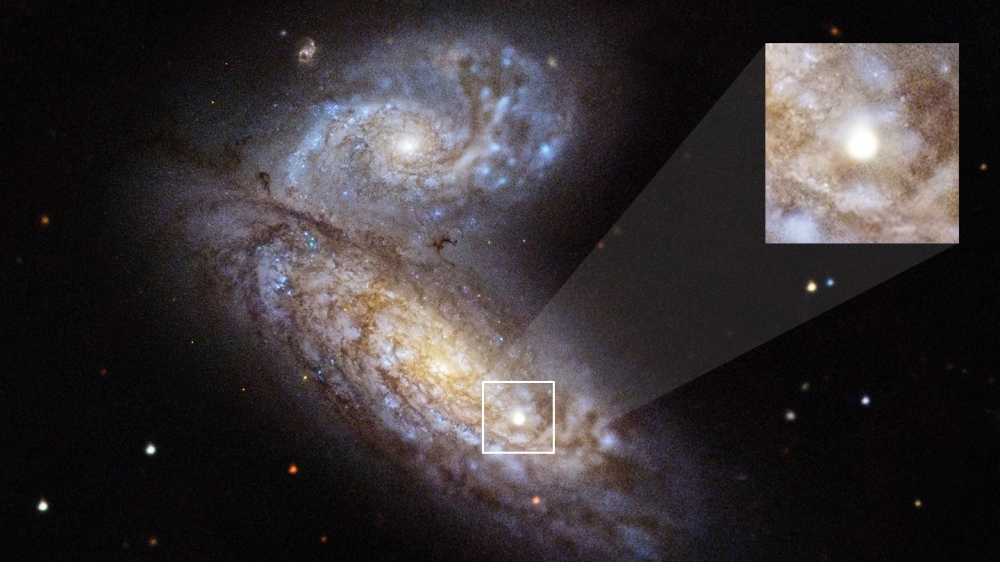
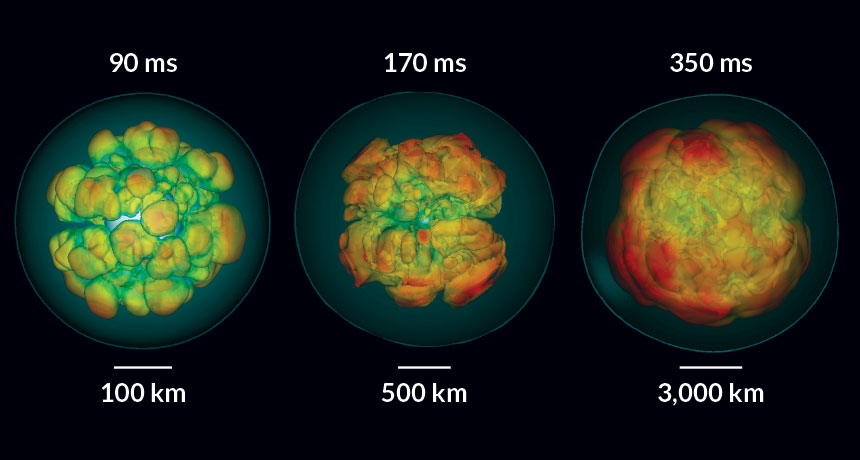
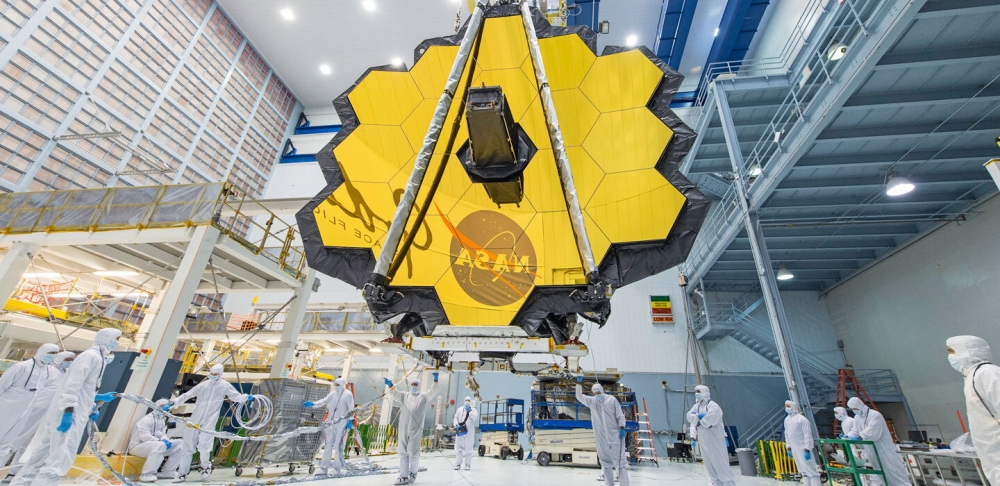
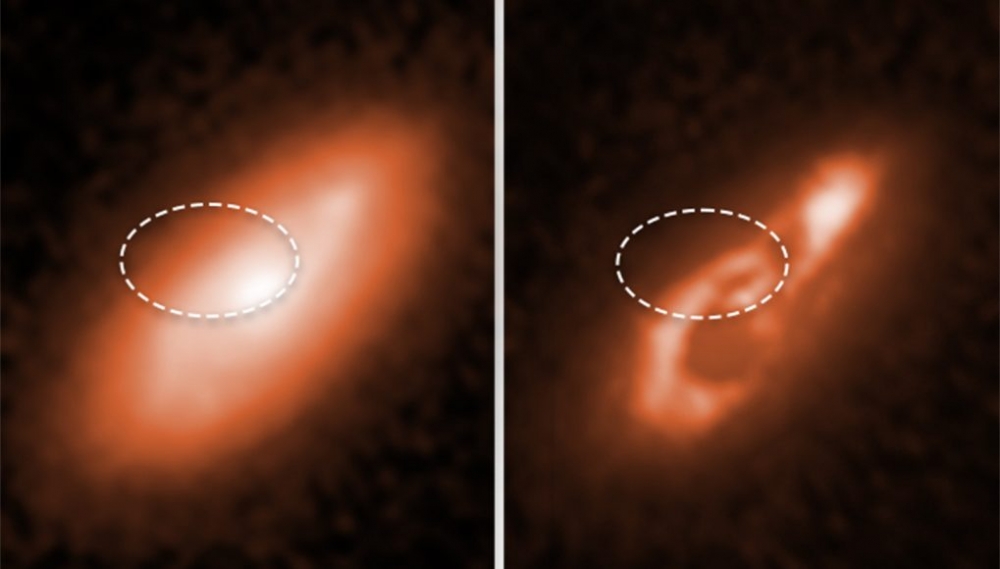
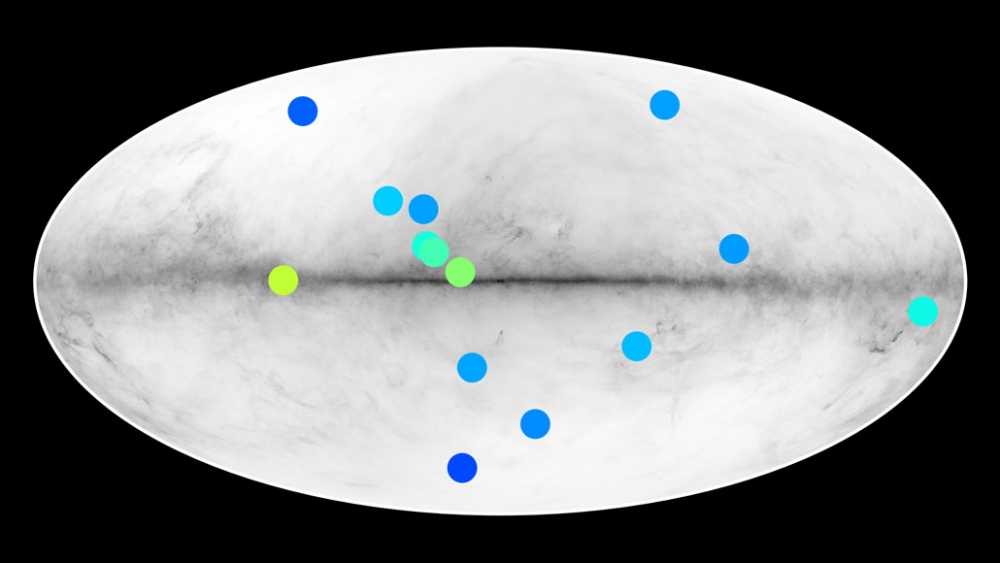
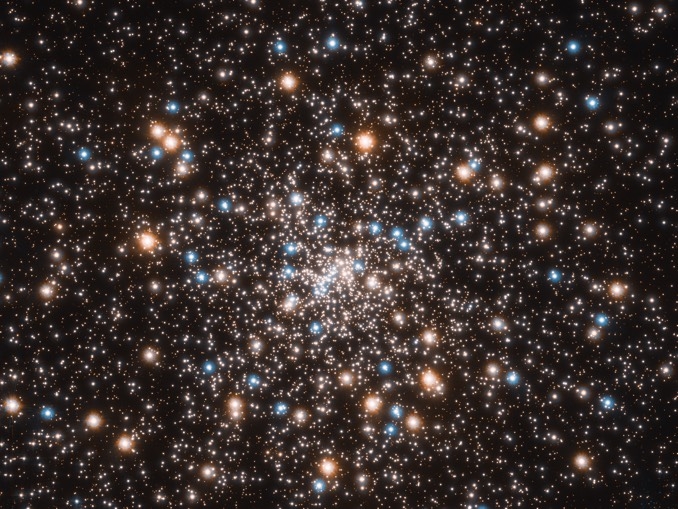
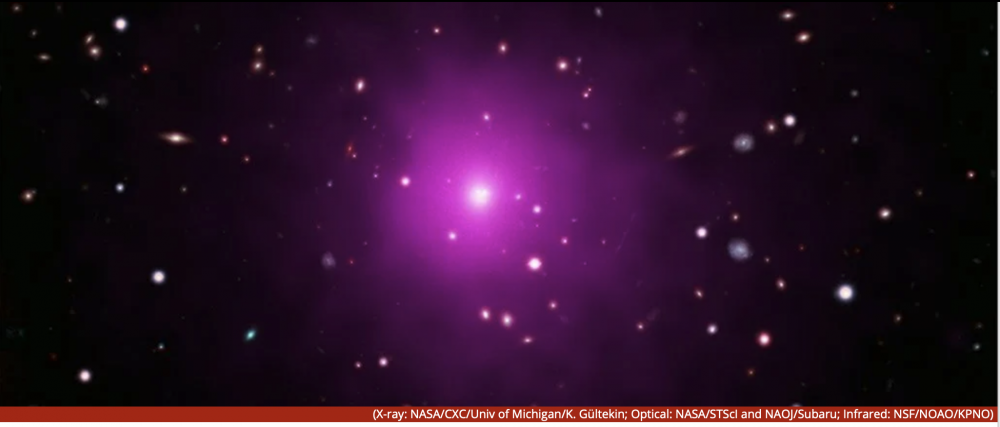
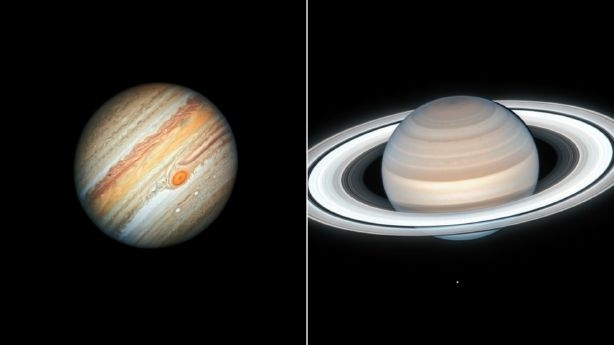
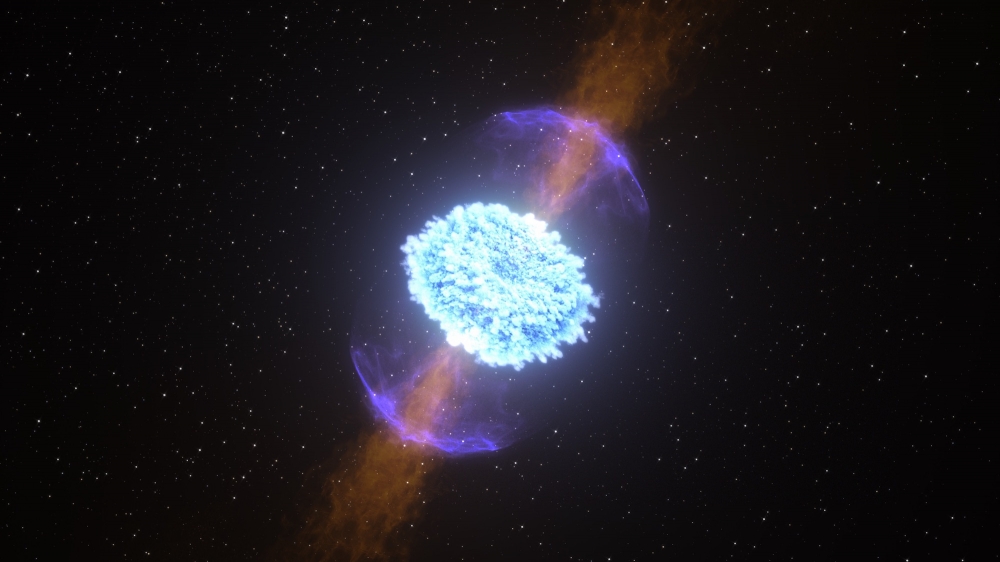
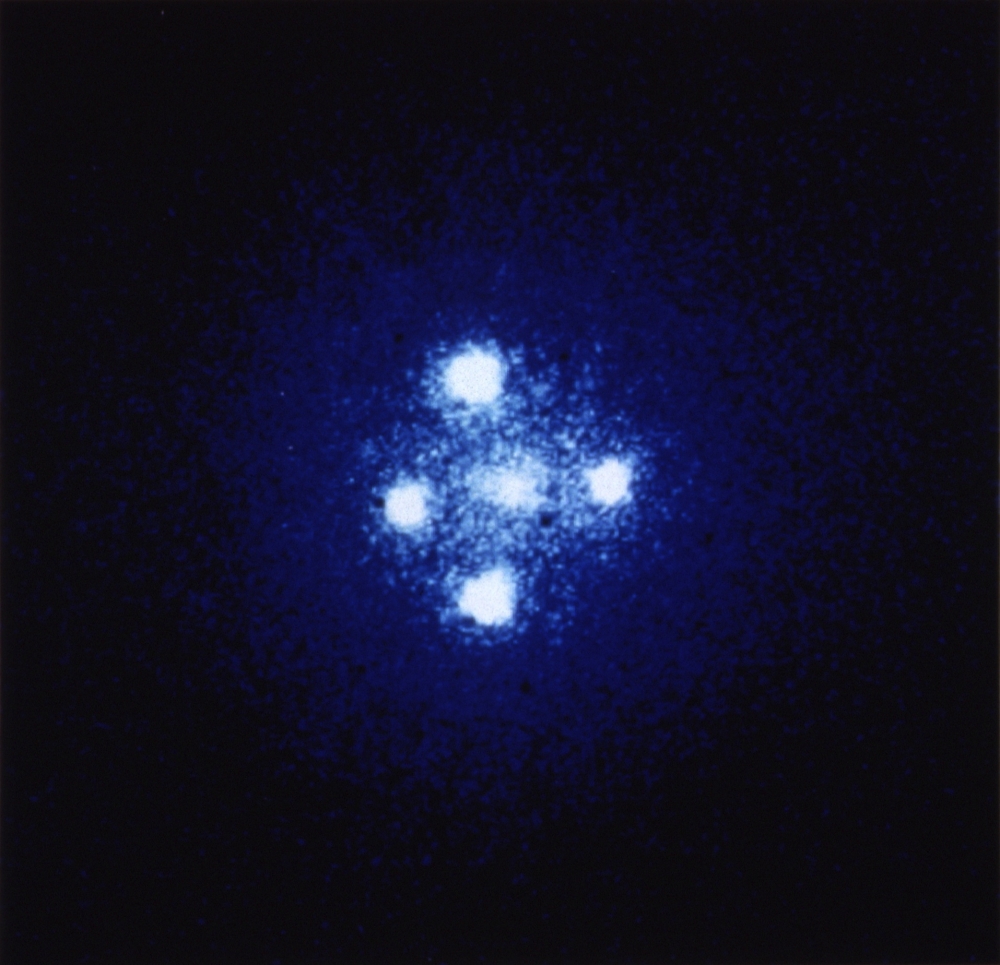
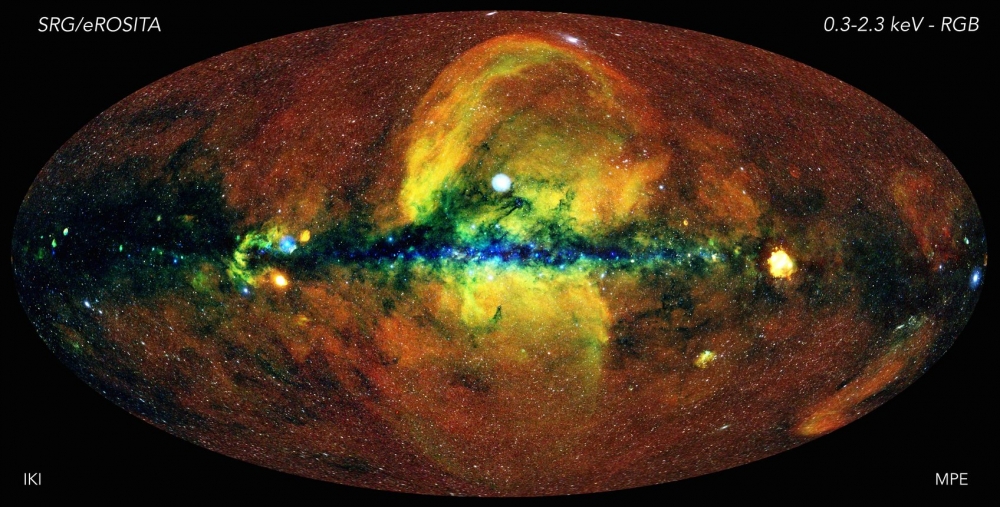
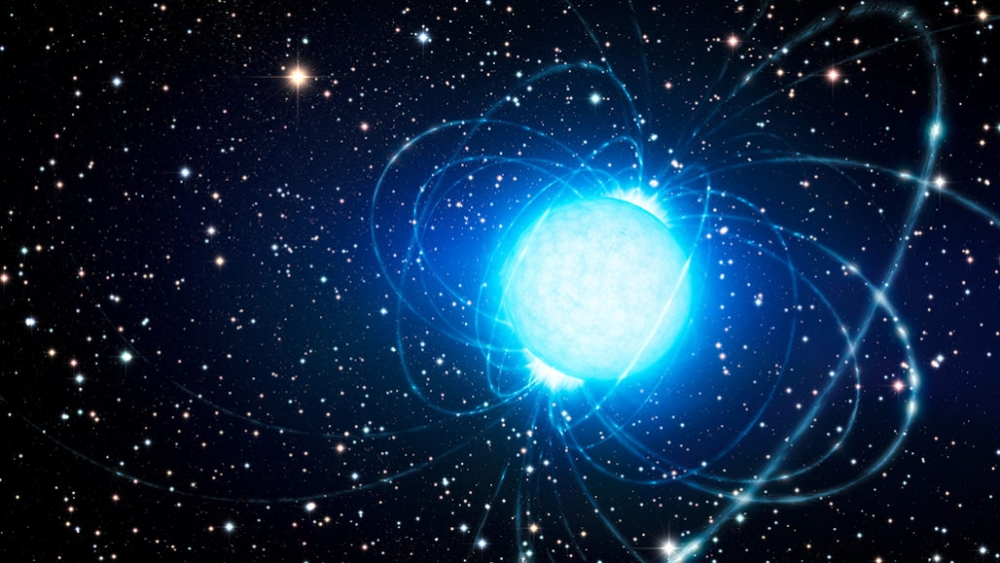
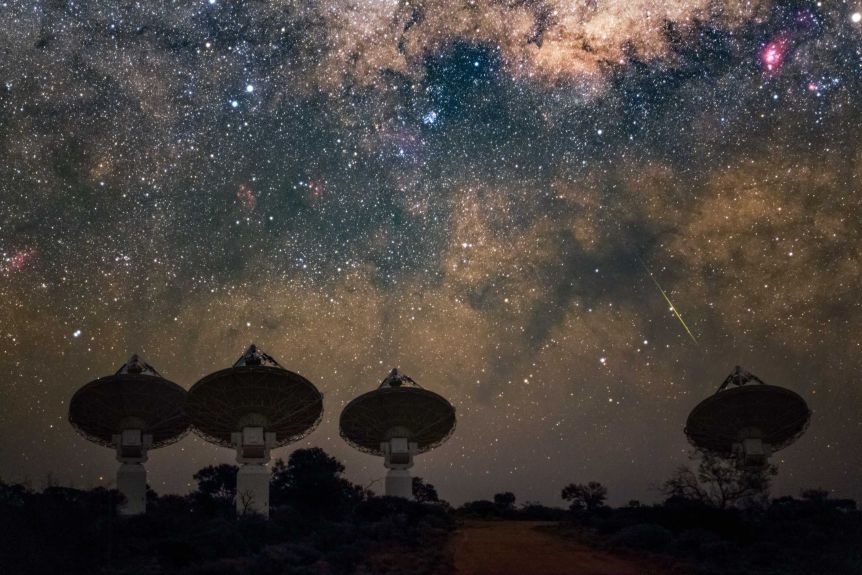
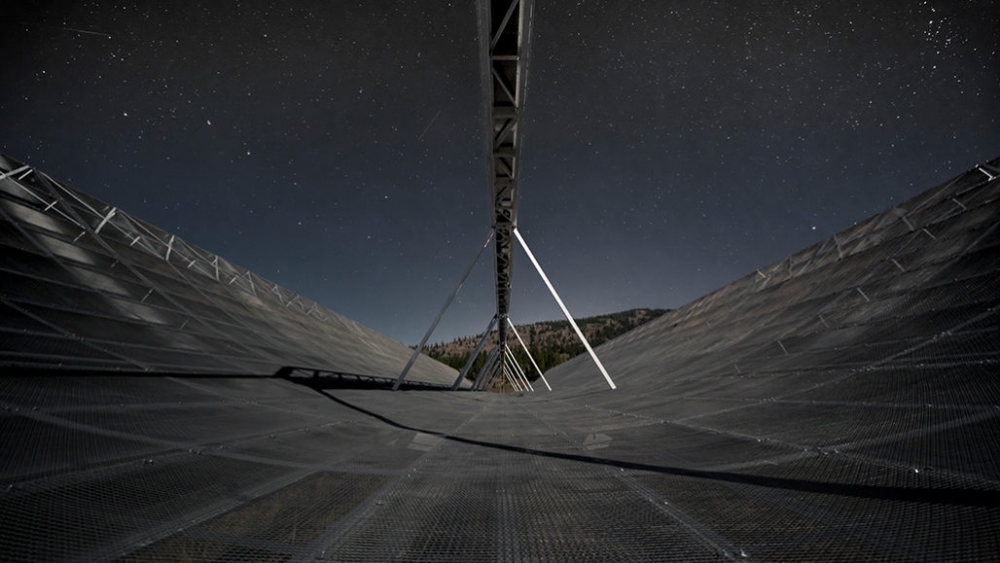

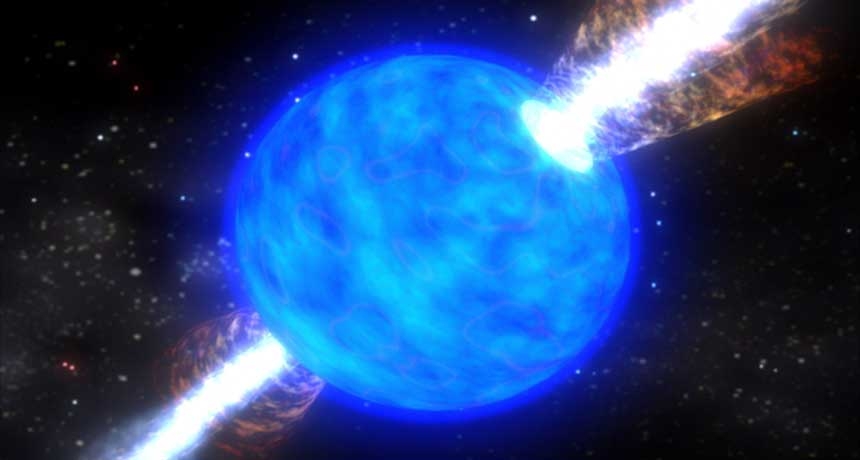
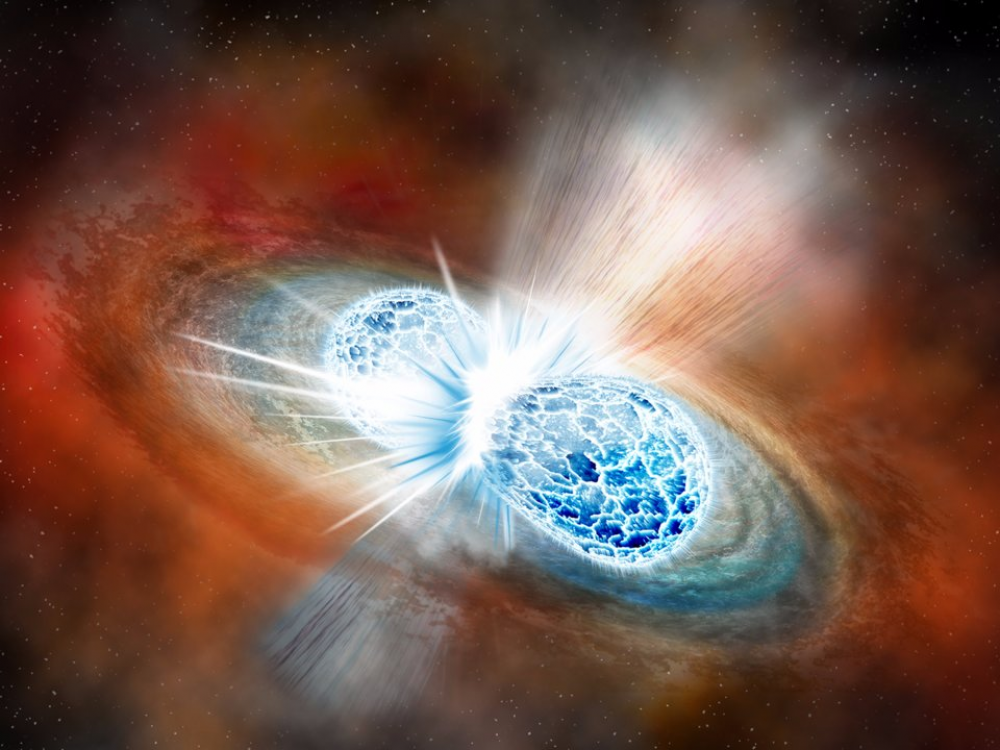
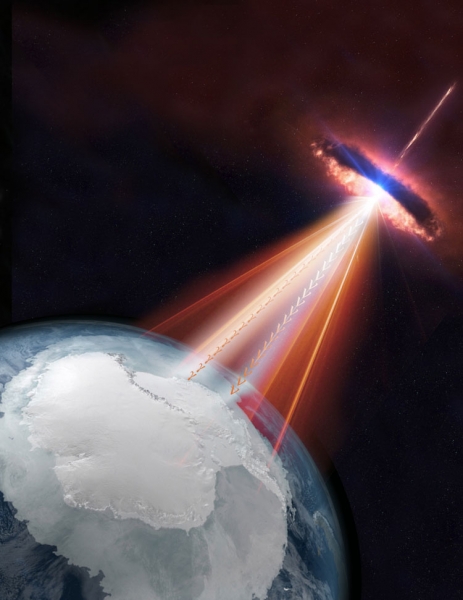
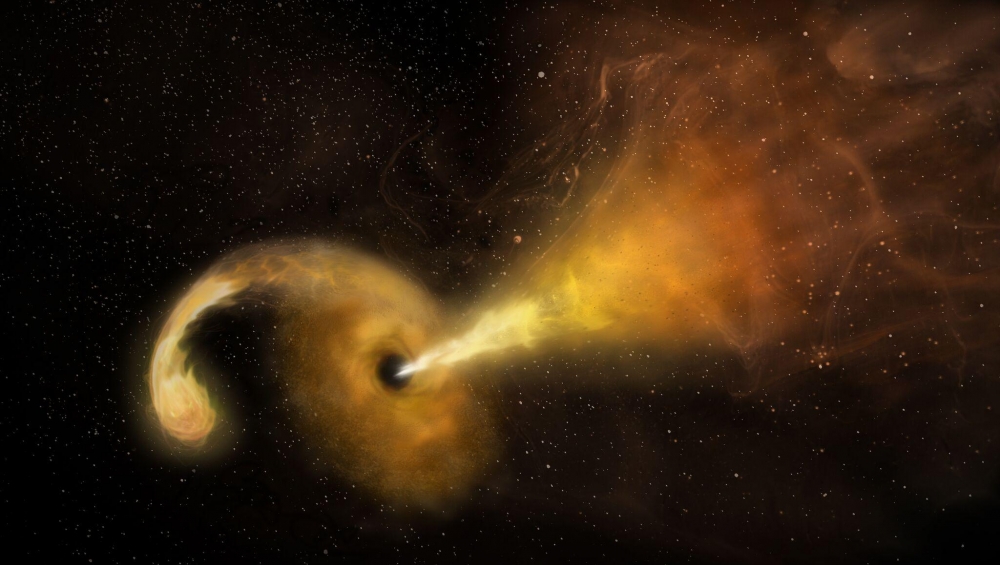
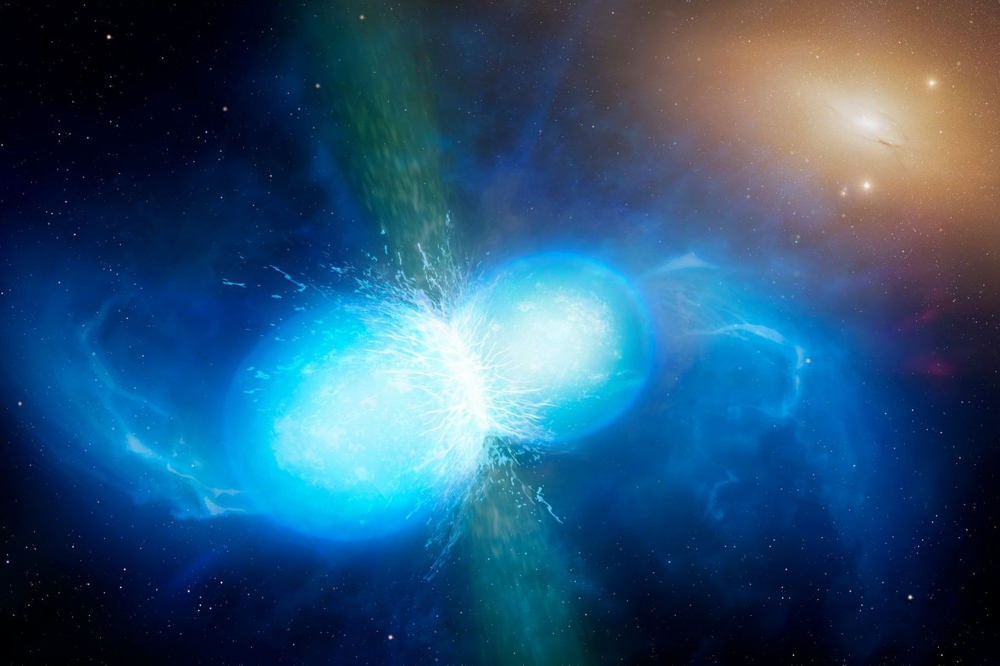
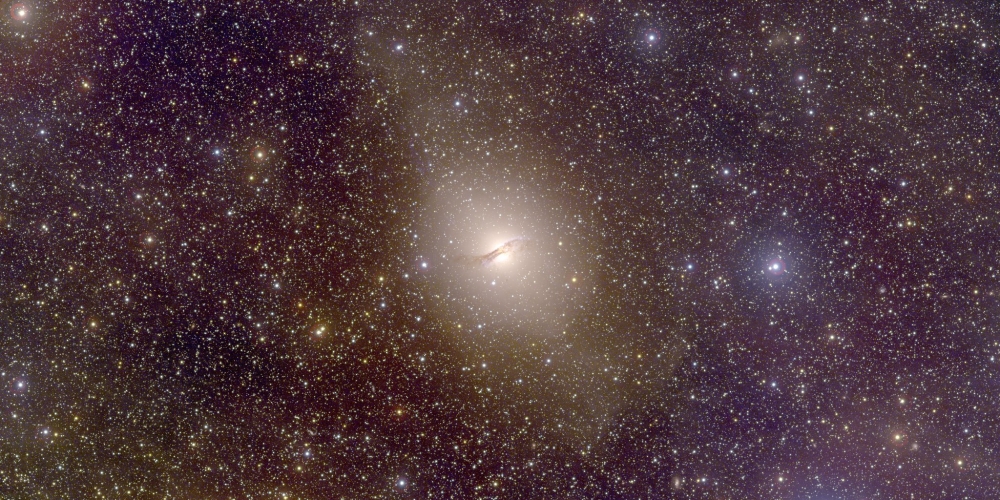
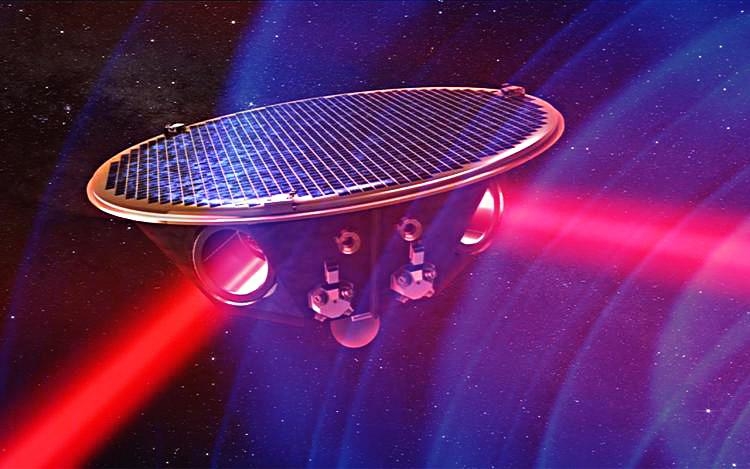
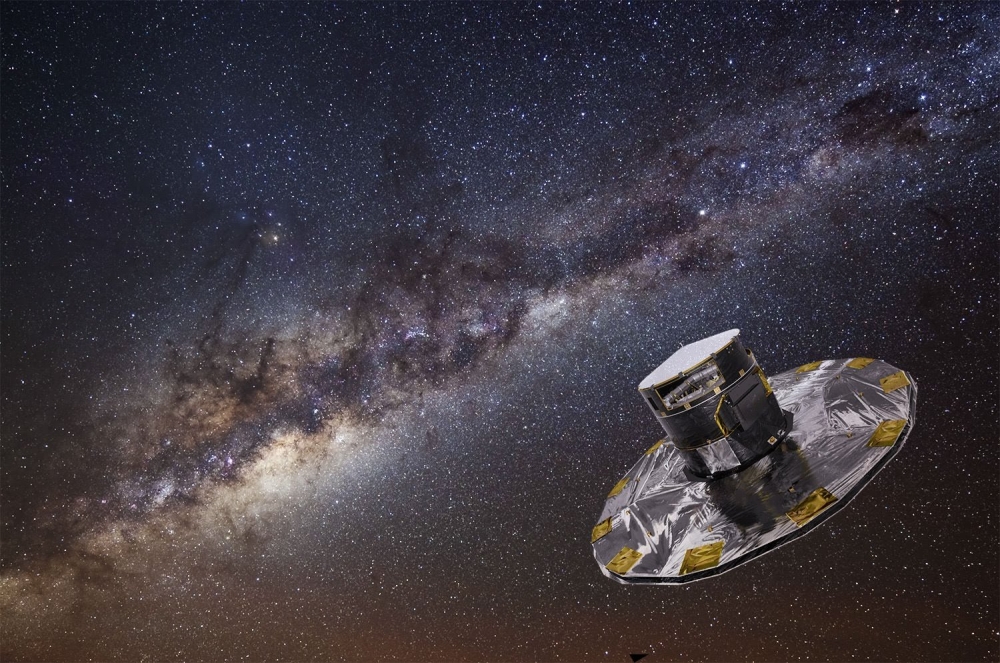
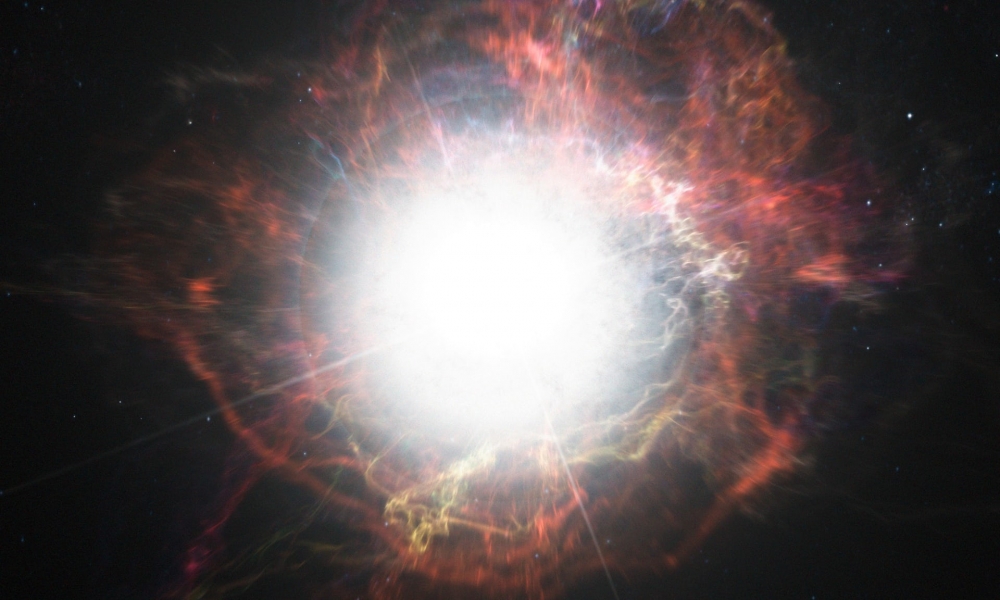
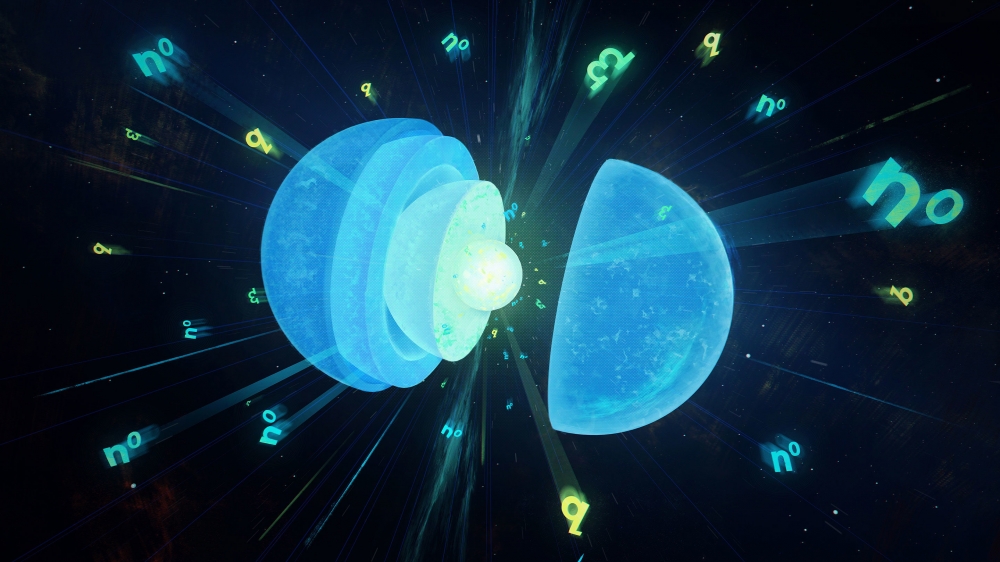

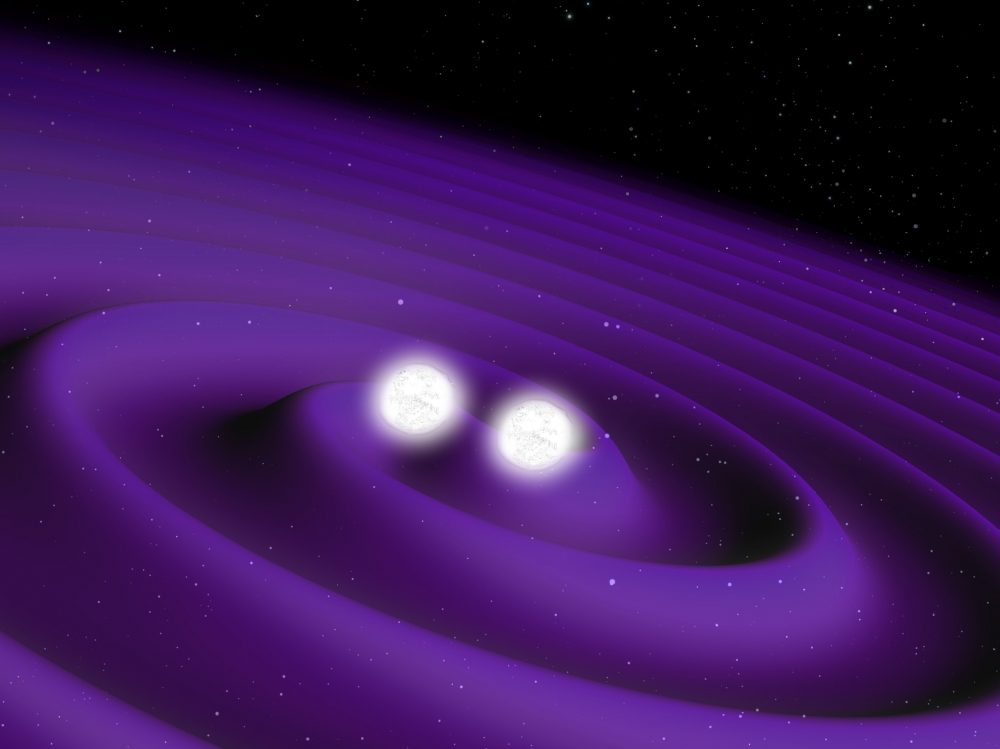
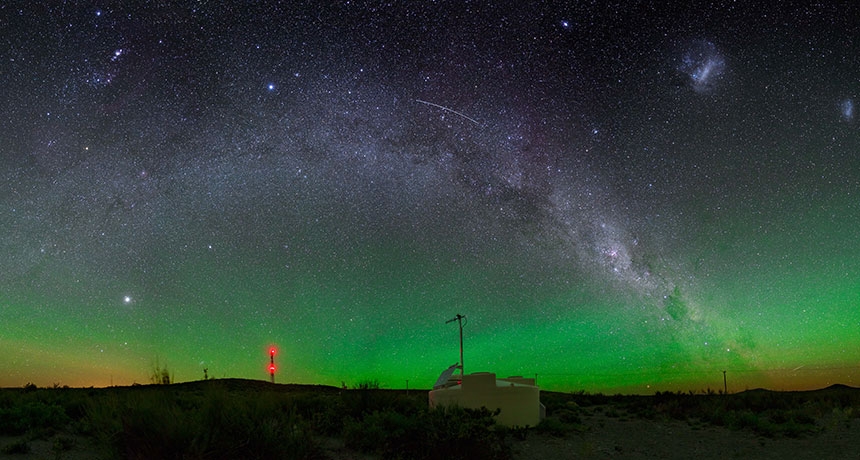


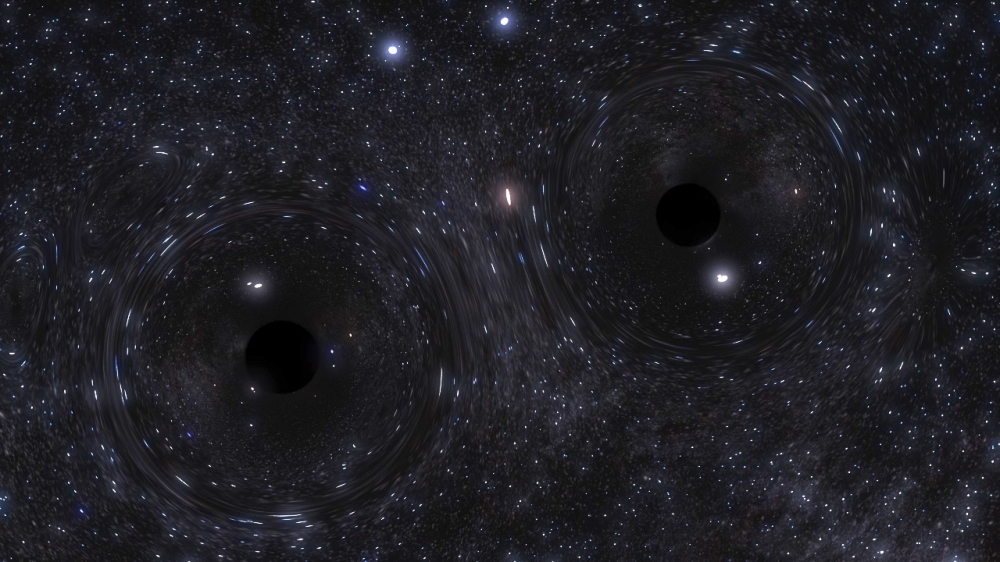
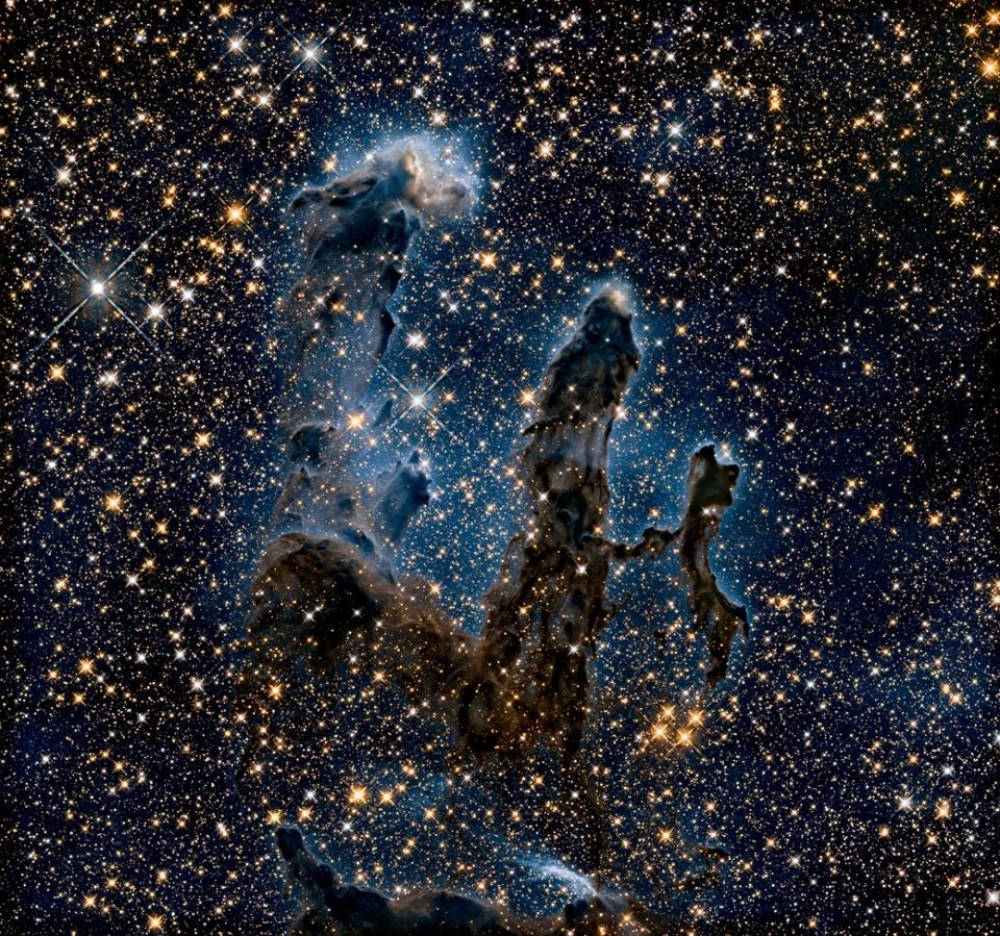
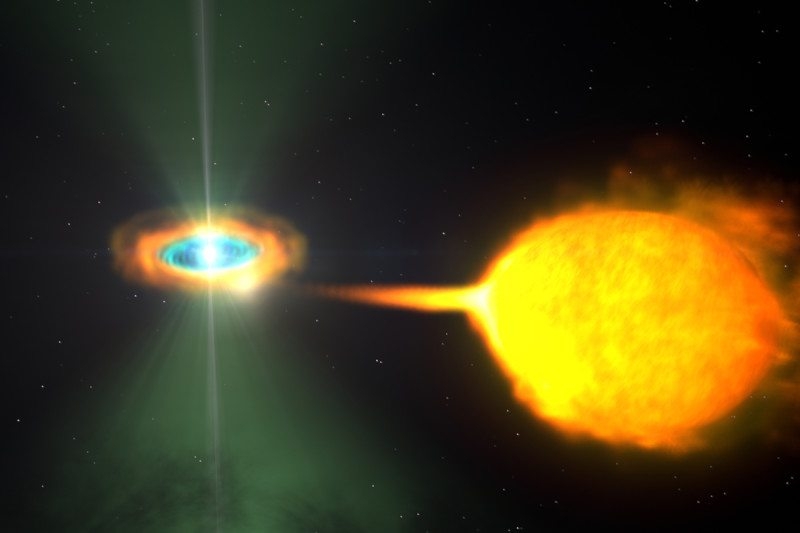
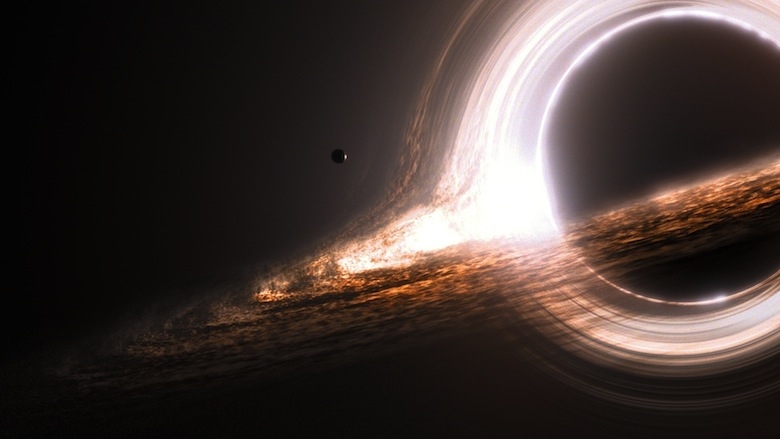
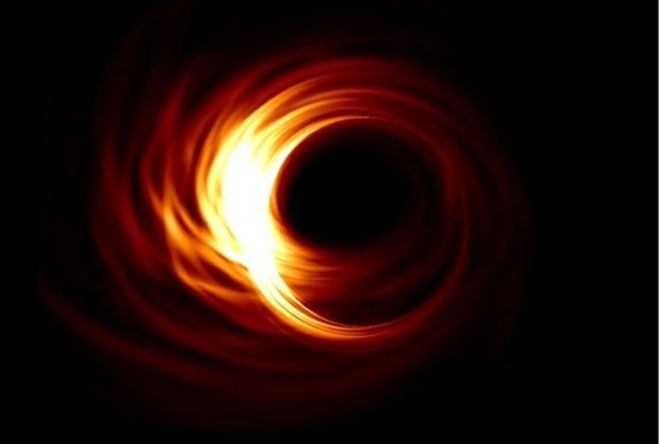
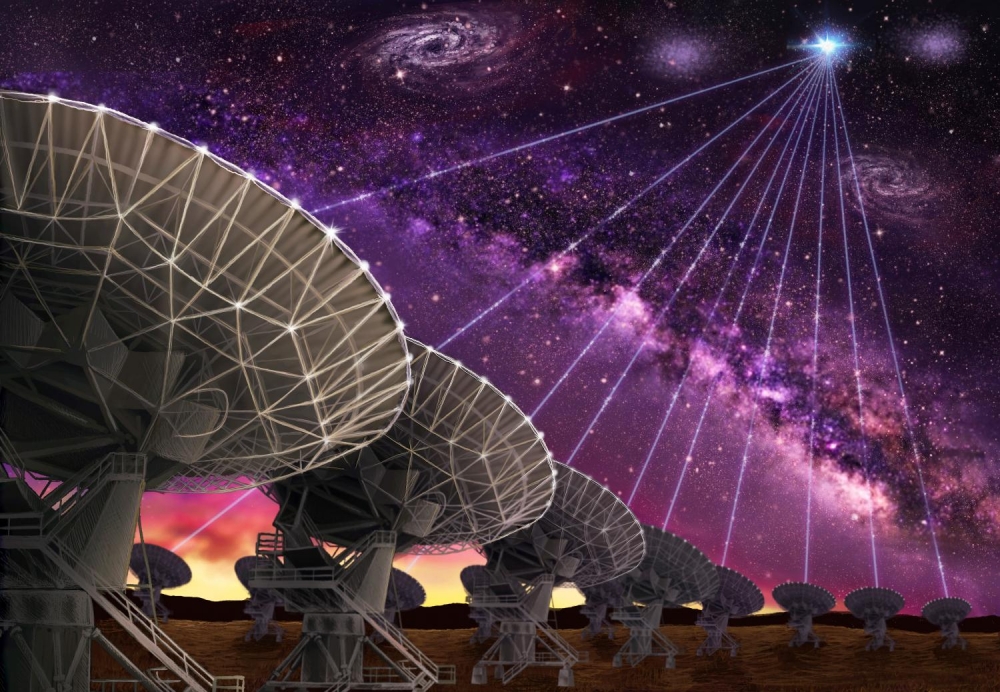
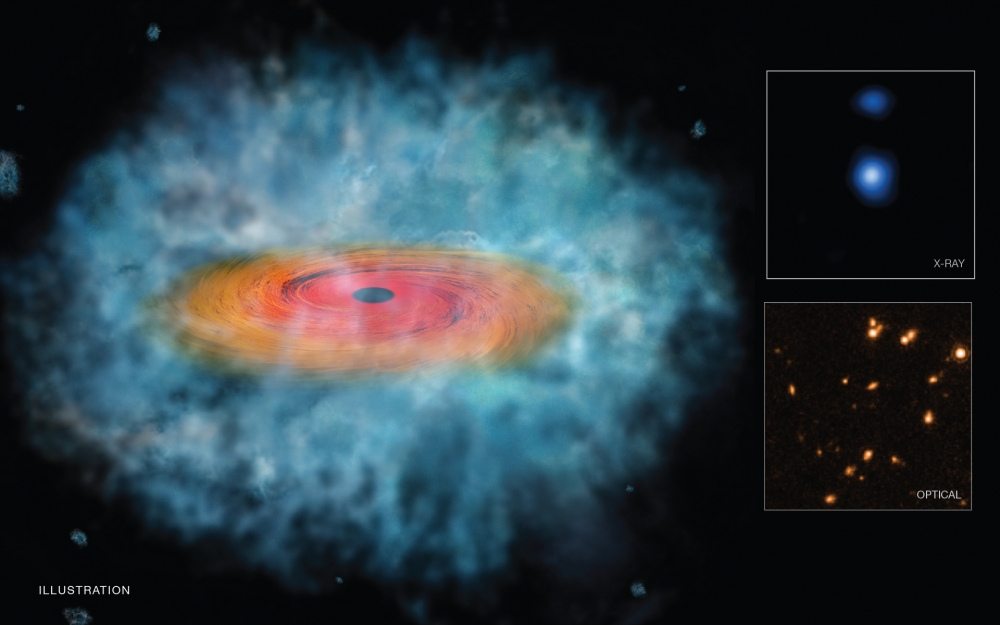
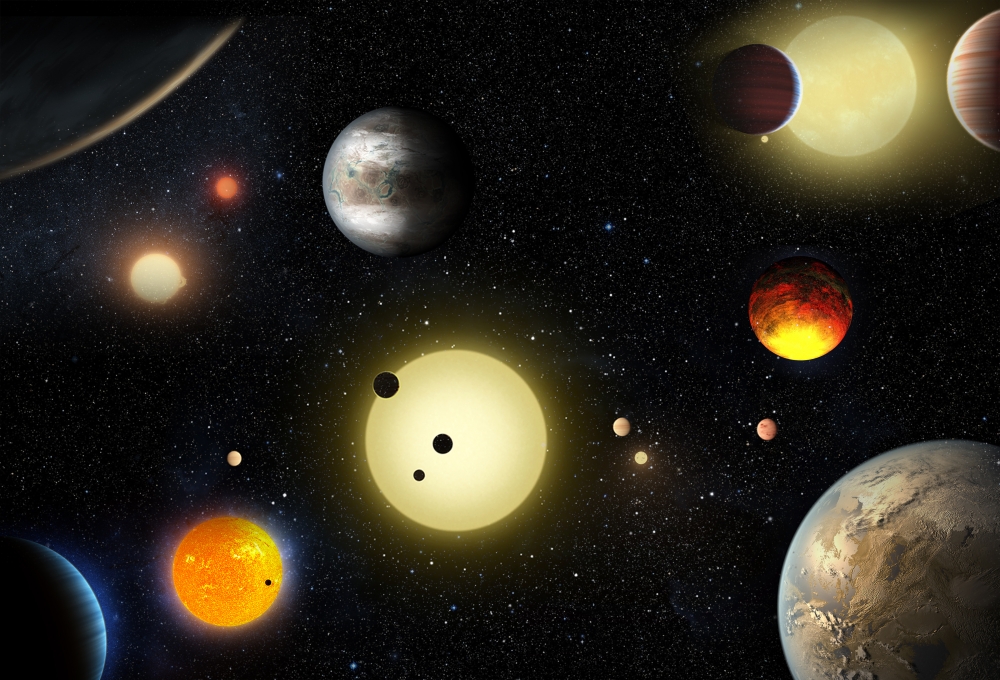
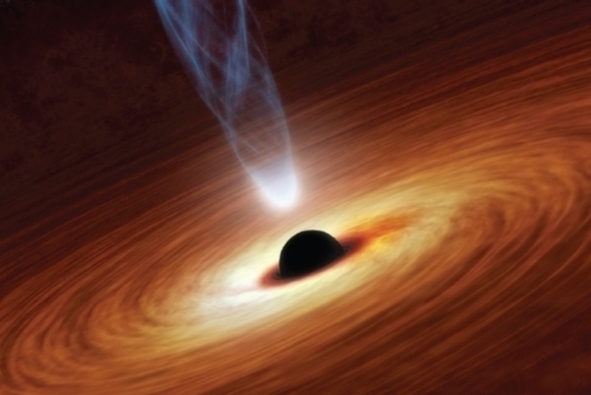
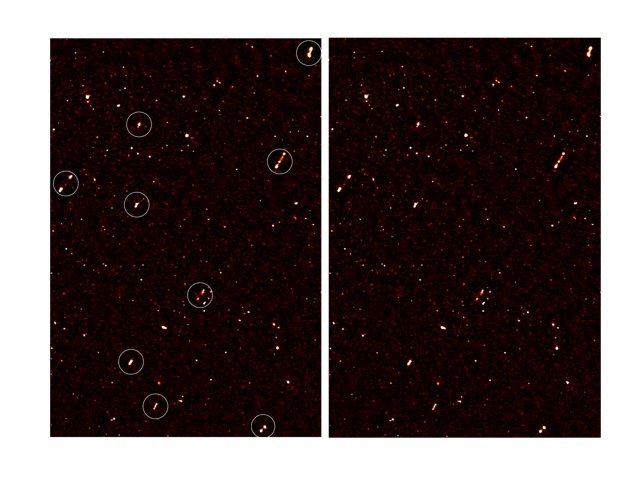
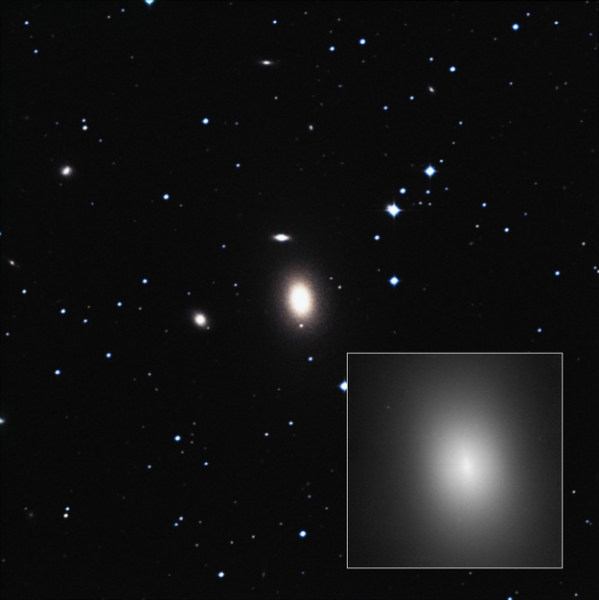
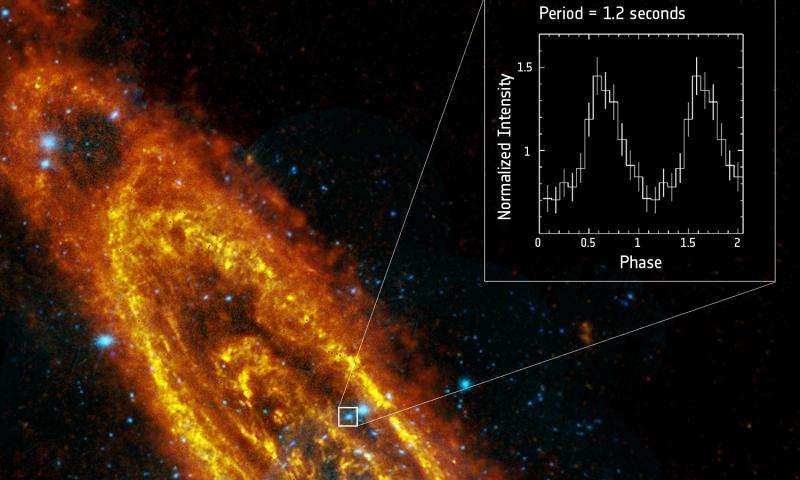
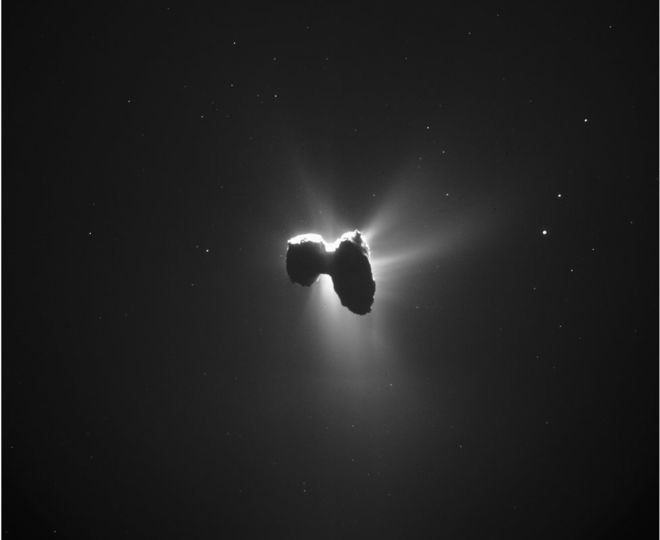
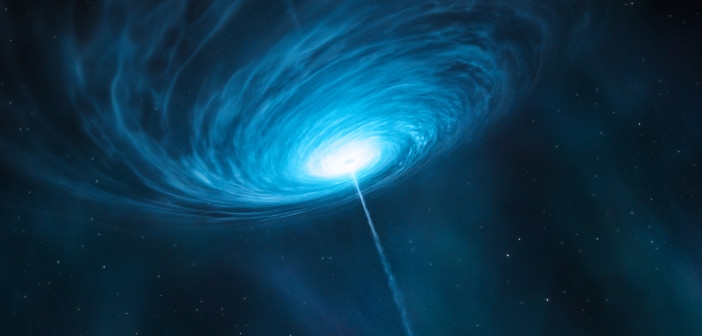
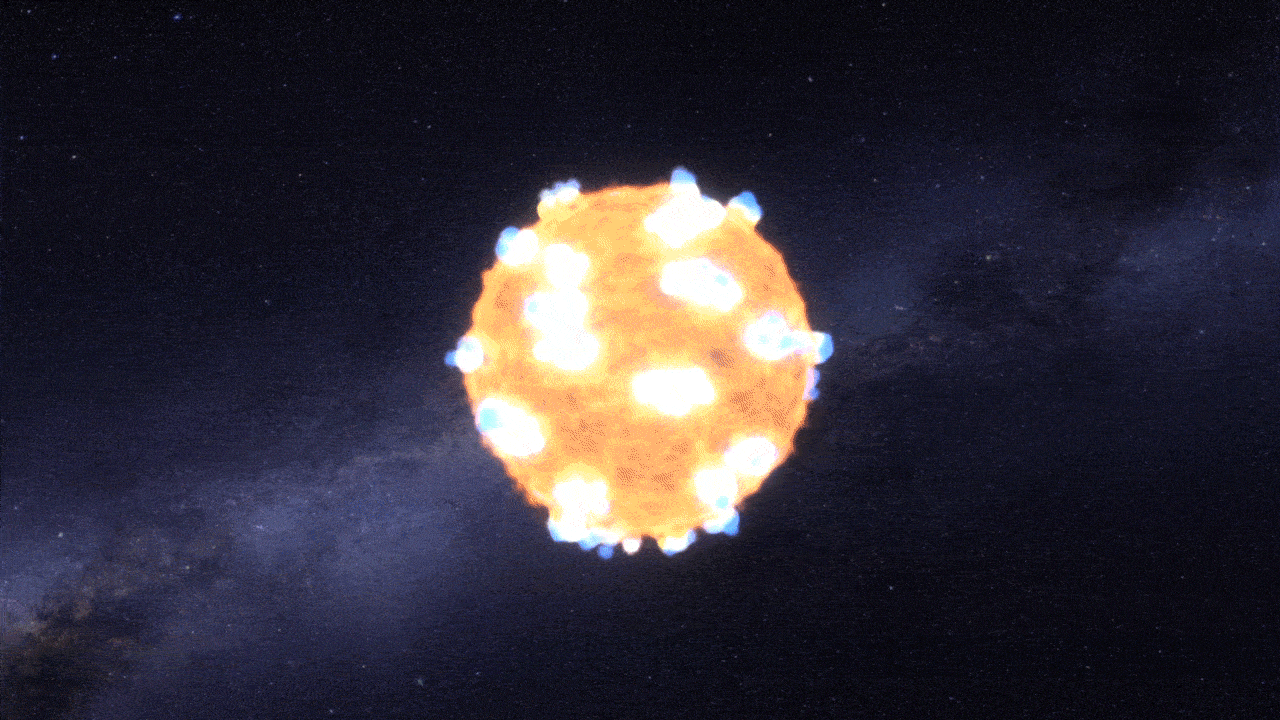
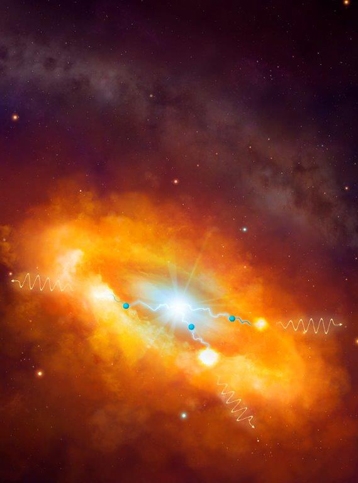
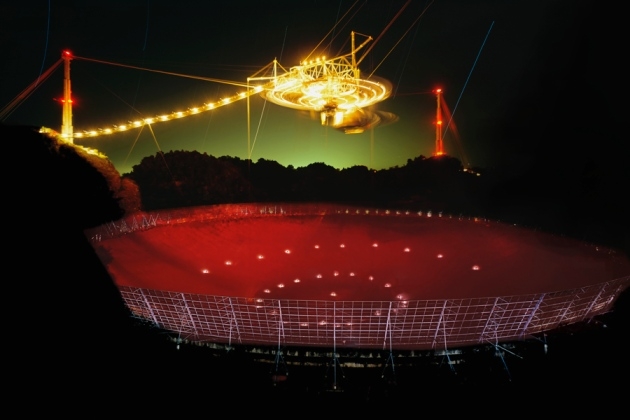
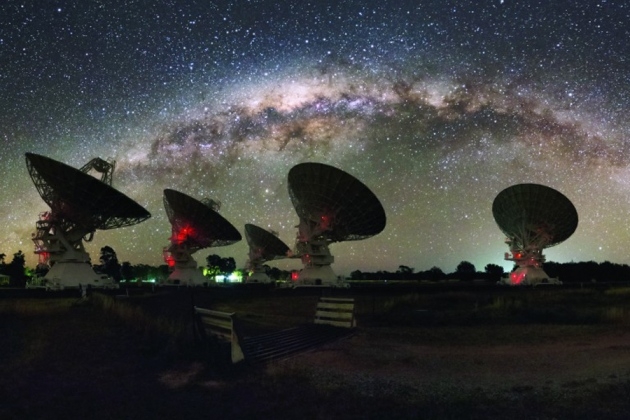
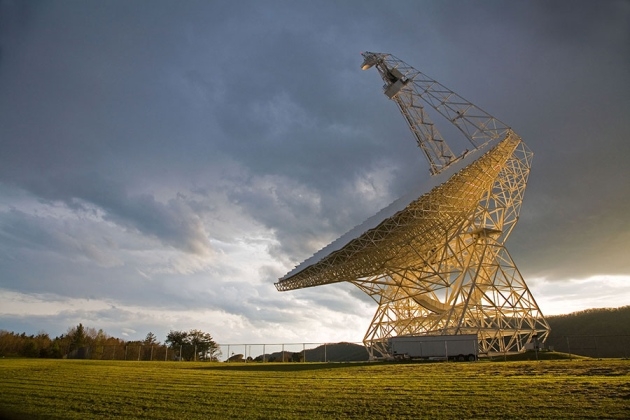
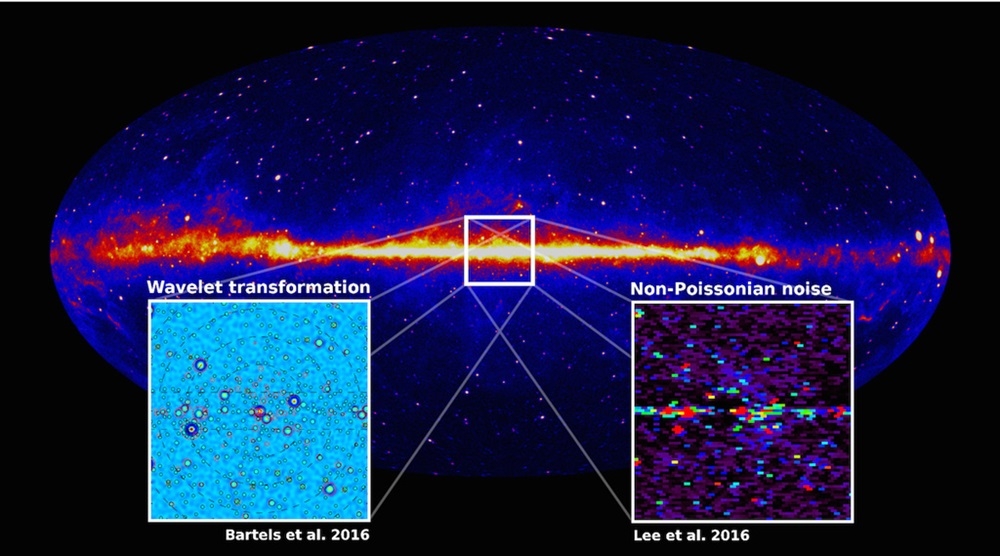
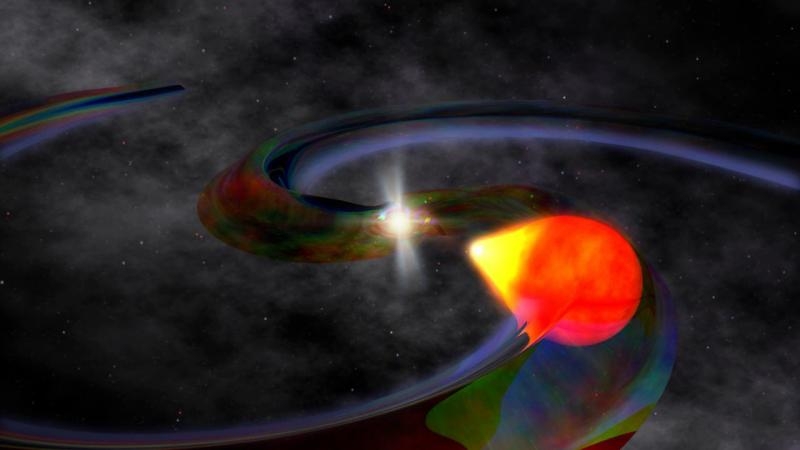
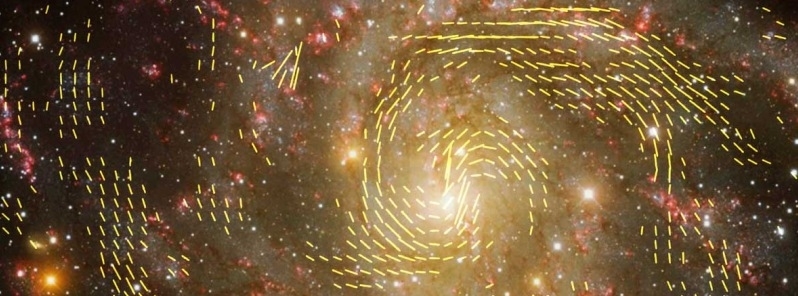
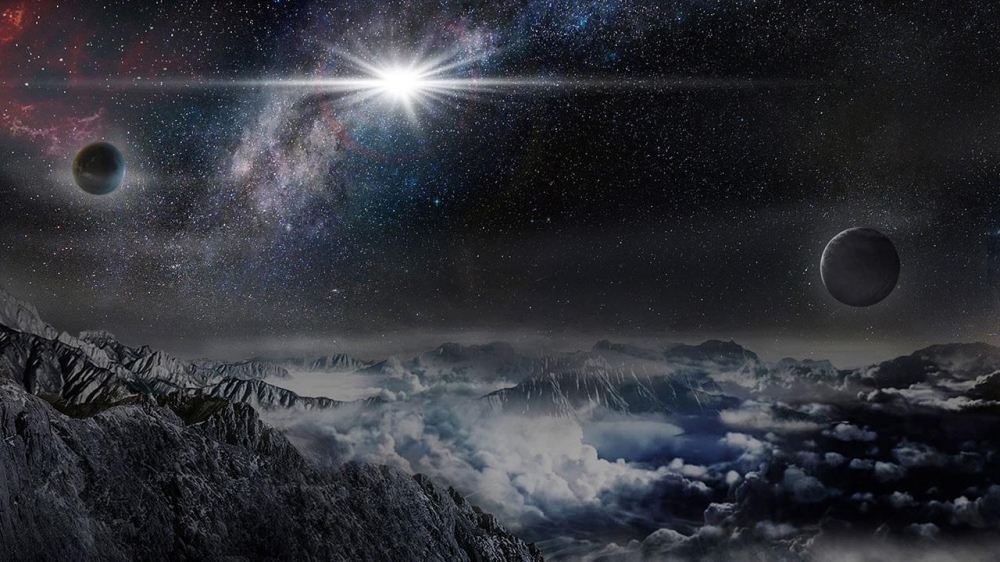 The artist’s impression above shows what it would look like from an exoplanet 10,000 light-years away in its home galaxy.
The artist’s impression above shows what it would look like from an exoplanet 10,000 light-years away in its home galaxy.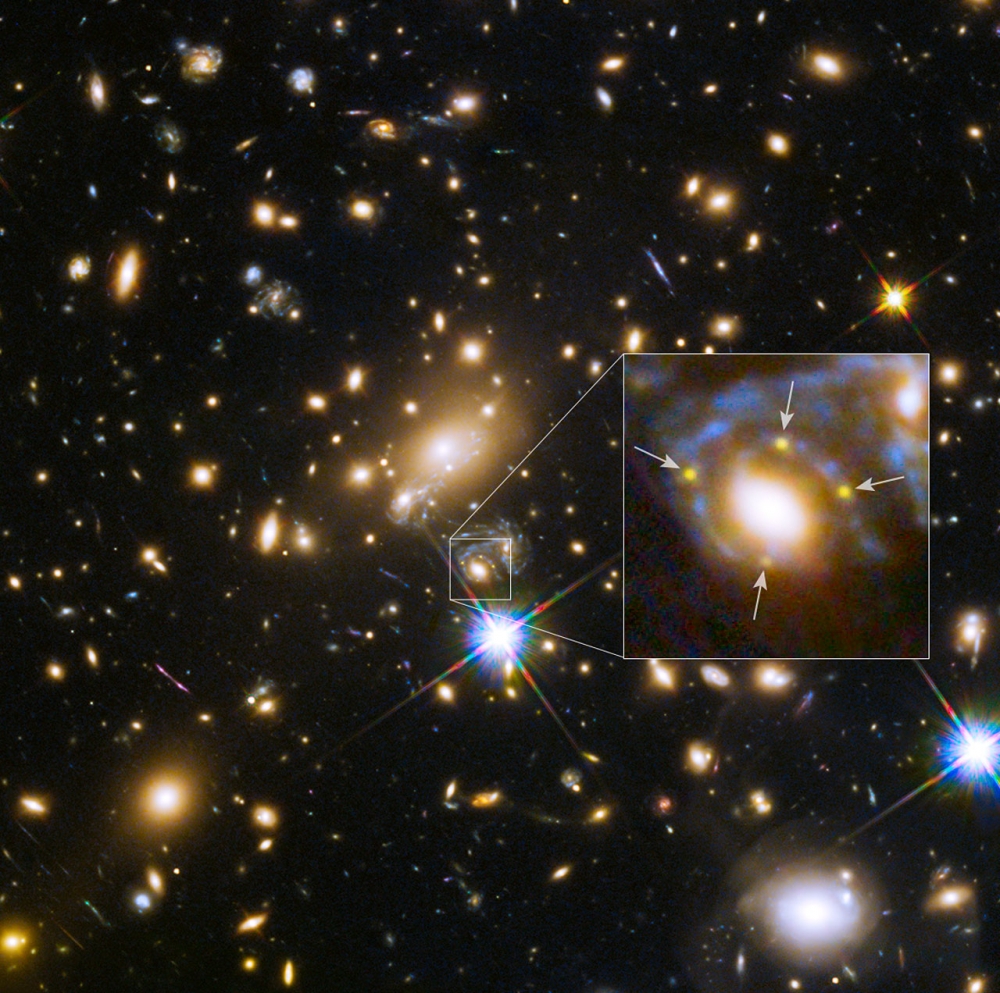
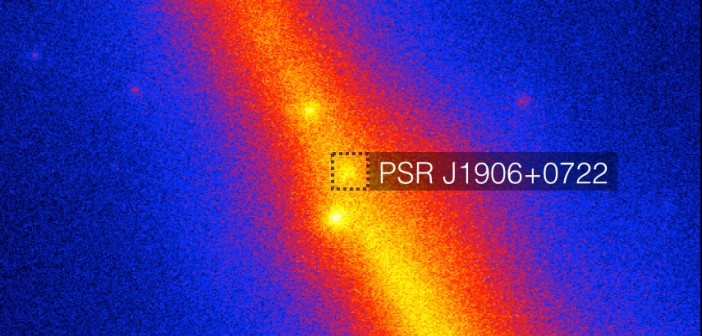
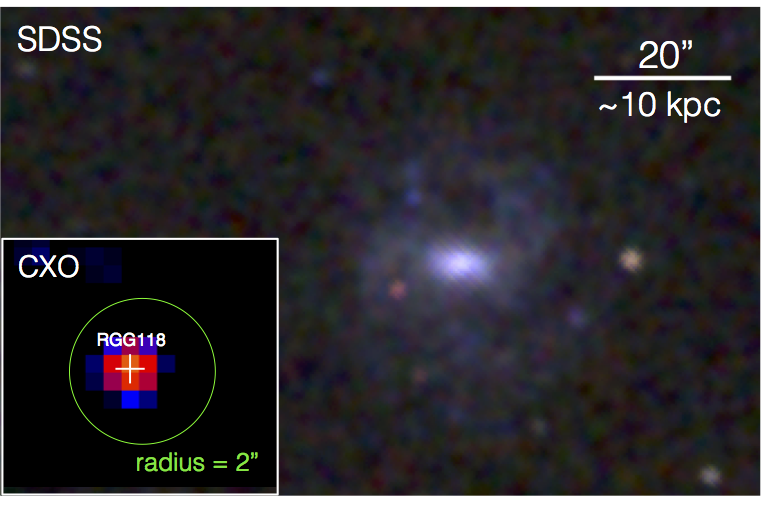
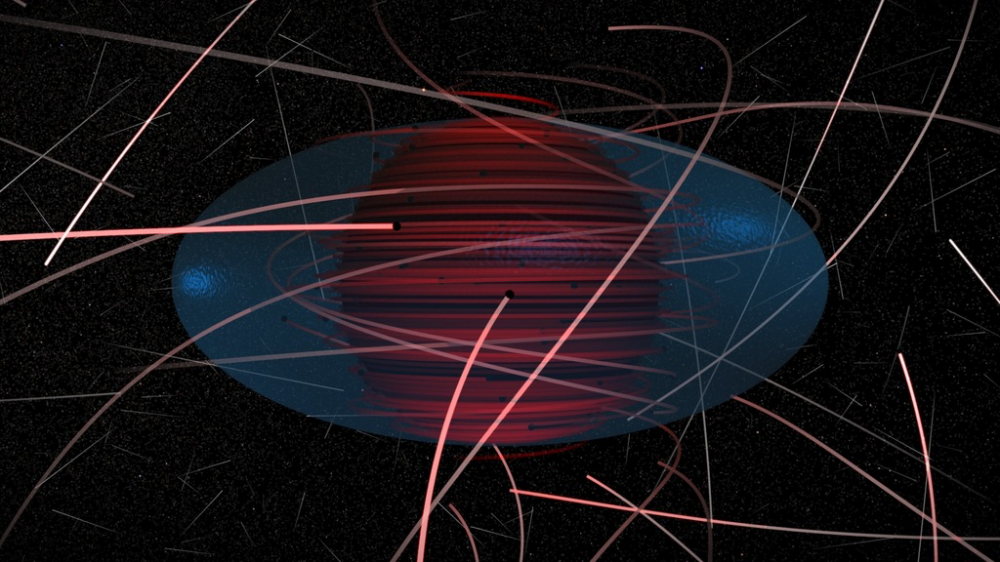
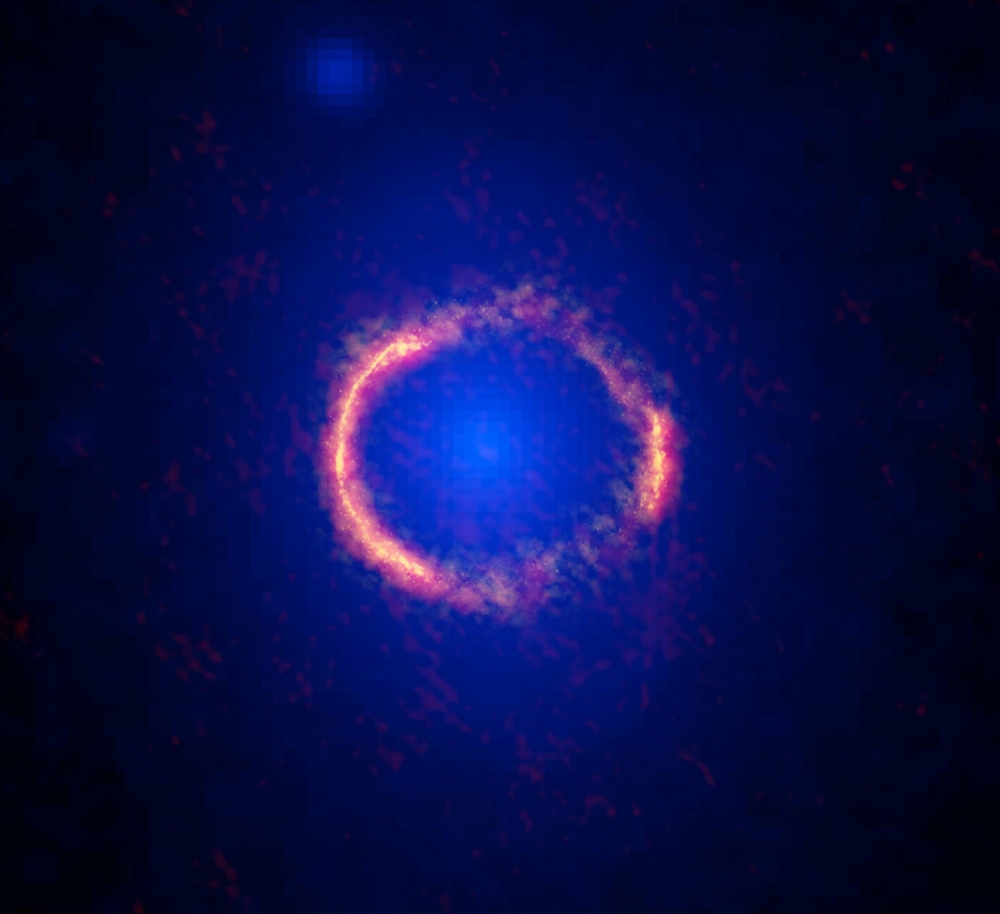


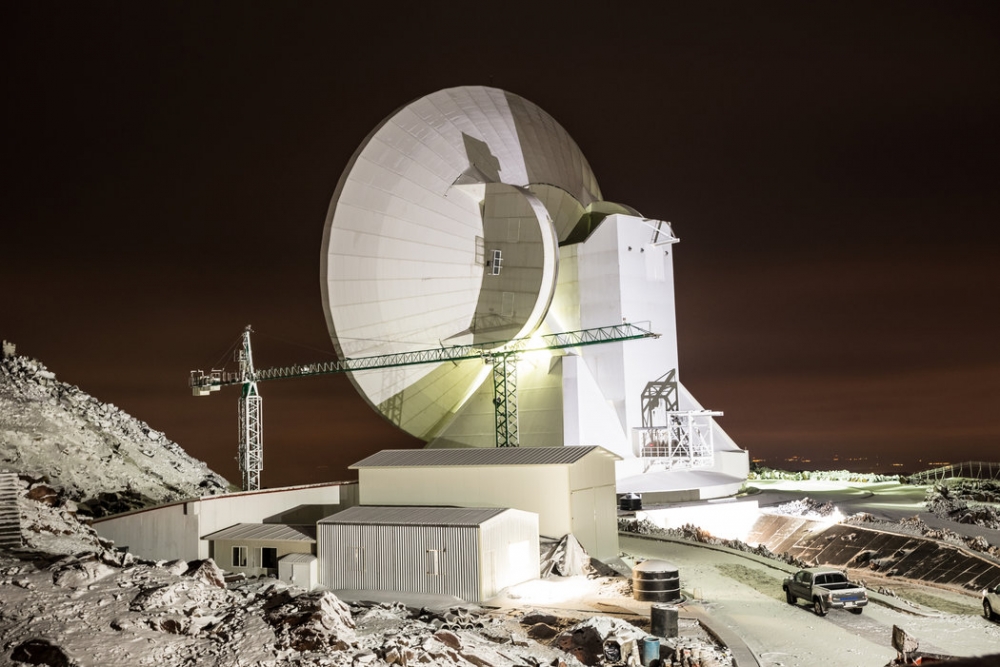 Aiming to make the first portrait of the hungry monster at the center of our galaxy, astronomers built “a telescope as big as the world.”
Aiming to make the first portrait of the hungry monster at the center of our galaxy, astronomers built “a telescope as big as the world.”